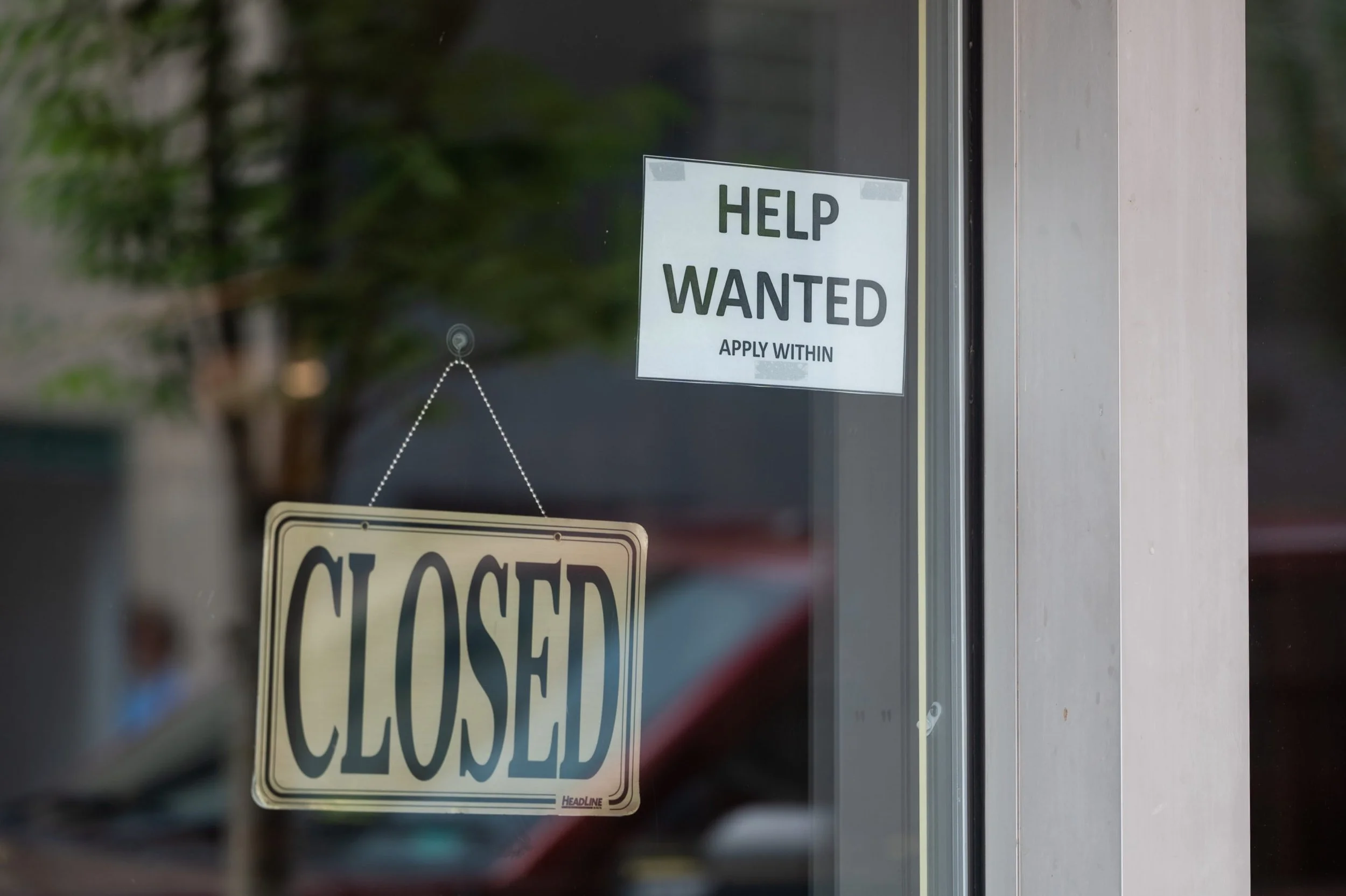Study: COVID fear to cause long-term labor shortage
By David Bass, Carolina Journal
New research predicts long-term pain for the labor market due to around 3 million workers who plan to remain permanently sidelined over concerns of physical illness or physical impairment due to the COVID-19 pandemic.
The research team — represented by scholars from ITAM Business, Stanford University, and the University of Chicago — named this phenomenon “long social distancing.” They found that more than 10% of Americans who worked in 2019 will continue social distancing after the COVID-19 pandemic ends. Another 45% will engage in limited forms of social distancing.
“Long Social Distancing is more prevalent among women, older persons, the less educated, and those with lower earnings,” the researchers found. “By our estimates, Long Social Distancing lowers force participation by about 2.5 percentage points as of early 2022. This drag on labor force participation shows no sign of abating over the past year, suggesting it could depress labor force size for a long time.”
The U.S. labor force is still missing around 3.5 million workers, based on where the labor market stood in the months immediately preceding the beginning of the pandemic in 2020. The March labor force participation rate is 62.4%, one full percentage point below the February 2020 rate of 63.4%.
“This research demonstrates another significant negative impact of the COVID lockdowns that will extend far beyond the pandemic,” said Brian Balfour, senior vice president of research at the John Locke Foundation. “The lowered labor-force participation is especially troubling given the historic price inflation we are currently experiencing. Fewer workers means fewer goods and services being chased by the recent massive influx of newly printed money — a toxic combination that will exacerbate the inflation crisis.”



